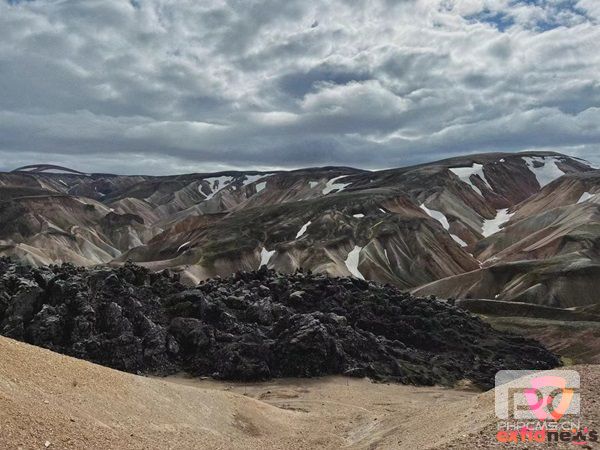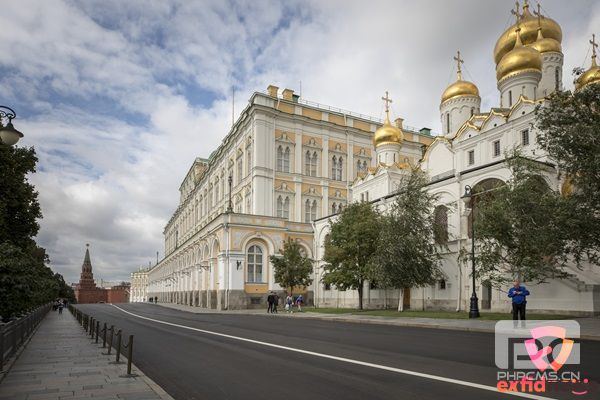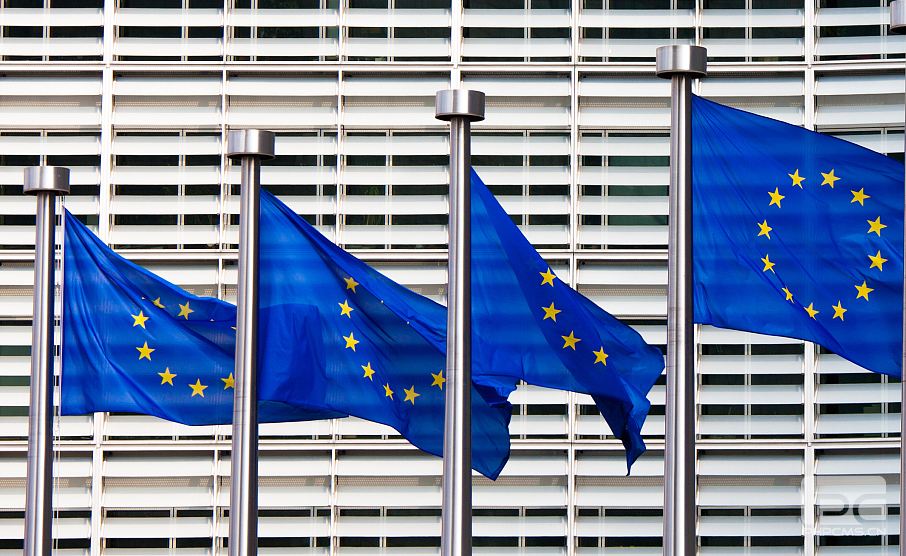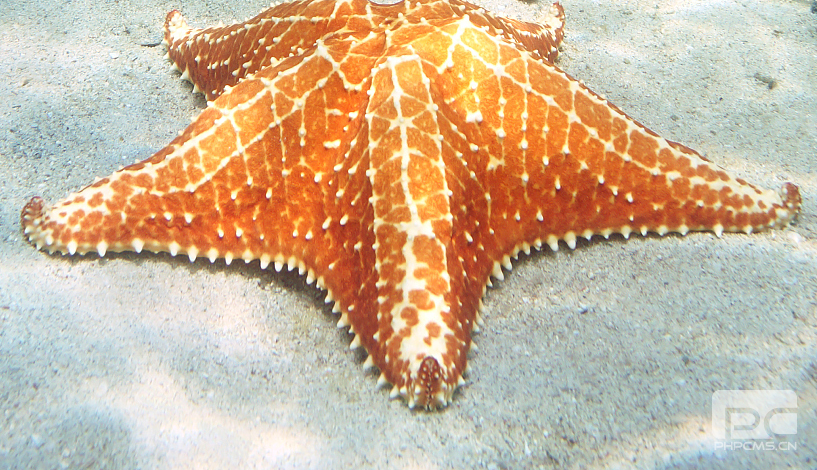November 16, 2023, Grindavik, Iceland - Iceland is on high alert as meteorologists warn of a potential volcanic eruption in the coming days. Grindavik, a small fishing town in the southwest of the country, has been the epicenter of continuous seismic activity since November 10.

Residents of Grindavik have been forced to evacuate their homes after the declaration of a state of emergency due to the eruption threat from the Fagradalsfjall volcano. Over the past six days, ongoing earthquakes and tremors have caused roads to crack, and houses to collapse. Tourists have been advised to stay away from the area, and roads have been closed.
Government Response
On Tuesday, Icelandic authorities began constructing defensive walls around the Svartsengi geothermal power plant to safeguard the country's entire power supply.
On Tuesday, residents were allowed a brief return to Grindavik to gather valuables and essentials. Aslaug Yngvadottir Tulinius of the Icelandic Red Cross told the BBC, "This is one of the largest evacuations we have ever experienced. It's a massive event that has had a significant impact on all Icelanders."
Currently, Grindavik remains a "ghost town."
After days of continuous earthquakes, houses and roads have cracked open, with some on the verge of collapse. "If you talk to Icelanders who have lived there all their lives, they will say they have never felt anything like these tremors," said local resident Pedrag, referring to the shakes over the weekend.
"50 years ago, in 1973, a volcano suddenly erupted on Heimaey Island on Iceland's south coast, and the whole sizable settlement was evacuated," said volcano scientist Dave McGarvie from Lancaster University in England, specializing in volcano-ice interactions, speaking to Yahoo News.
Possible Dangers and Worst-Case Scenario
"In terms of hazards, the obvious concern in Iceland is that a volcanic eruption occurs to the west of the fishing town of Grindavik. There is a fissure beneath the town filled with magma, and if the magma reaches the surface and erupts, it will destroy and damage many houses and other structures," explained McGarvie. "This is the worst-case scenario, given the current understanding of where magma is most likely to reach the surface and erupt. However, this is not considered the most likely scenario."
Travel Warnings and Impact
As a precautionary measure, several major roads connecting Grindavik to other areas have been temporarily closed. The closed roads include:
43
428
427
426
425
As of Thursday, no flights have been affected. However, Grindavik is less than 20 miles from Iceland's only international airport, Keflavik, and about 40 miles from the capital, Reykjavik.
The popular tourist attraction, the Blue Lagoon geothermal spa, has been temporarily closed.
Historical Volcanic Eruptions
"The last time an eruption like this happened in this area was about 800 years ago when the population was sparse," said McGarvie.
The Reykjanes Peninsula has experienced relatively minor eruptions in the past three years, all occurring in locations away from residential areas. Iceland's last internationally disruptive volcano was Eyjafjallajokull, which erupted in 2010. A massive ash cloud, reaching up to 5 miles high, blew into the sky, leading to the suspension of flights across Europe and the closure of its airspace.




Copyright © 2023.Yooke studio All rights reserved.
PKWEEKLY NEWS











